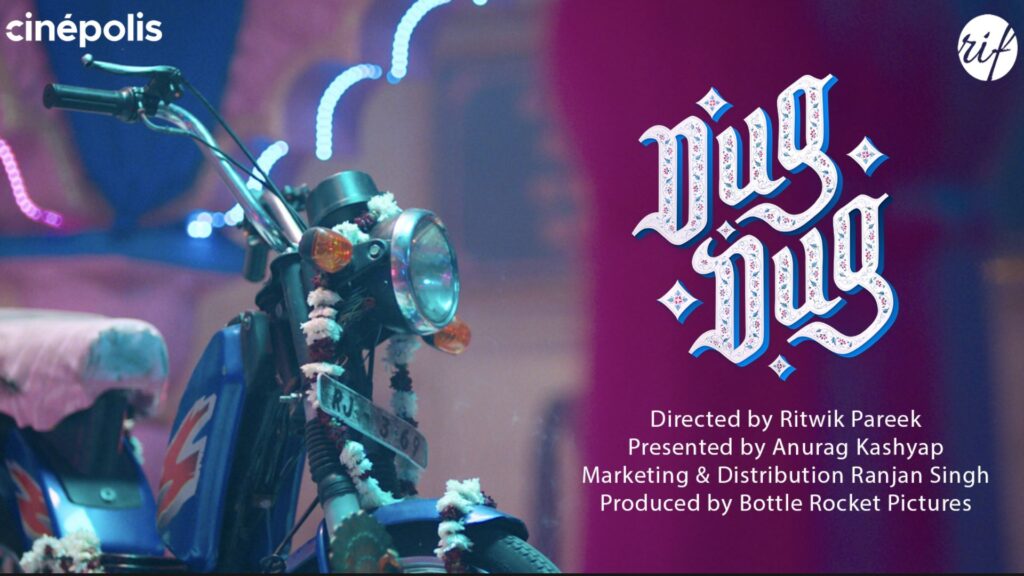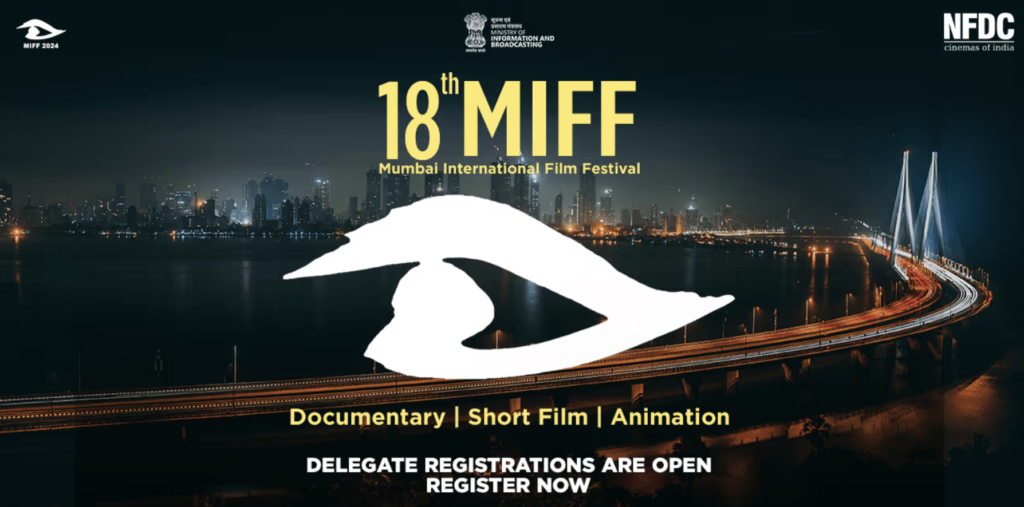In 2014, a midnight screening at Cannes didn’t just launch a film – it detonated a career. It wasn’t some loud, studio-backed debut either; it was a slow-burn indie that walked in with $3,000 cameras and walked out with distribution deals, a cult following, and a director who went from sleeping on couches to sitting on Academy panels. This is the anatomy of a breakout – the exact moment when cinema stops being theory and becomes thunder. What happened that night wasn’t luck, it was a tectonic shift. And the film? Let’s just say, it wasn’t what Cannes “usually” programmed. It was raw, political, sometimes even poorly lit – but it mattered. And when Ava DuVernay tweeted about it from row four, with “This one’s different. It hurts”, a thousand indie dreams got CPR. The filmmaker, then unknown, had spent five years cobbling that script from Tumblr posts, war journalism, and translated Chekhov – true story. And the screening? Reportedly almost didn’t happen. The DCP arrived minutes before it was scheduled. Cannes tech staff said the USB port was “too hot” from overuse. This is the same screening where an anonymous buyer (later revealed to be A24’s new exec) allegedly cried during the credits and wrote a six-figure deal on the back of a dinner napkin. The film didn’t just premiere – it was converted. Breakout films don’t always age well. By 2019, critics were already calling it “a hyper-aestheticised trauma dump”, and film Twitter was torn between defending its visual poetry and cancelling it for glossing over ethnic specifics. Additionally, the filmmaker’s sophomore film bombed hard – not because it was bad, but because expectations had ballooned into Saturn-sized pressure. Still, that first screening stands. It remains one of those rare cultural inflection points, like when Reservoir Dogs premiered at Sundance ’92 or when Moonlight screened at Telluride in a 35-seat theatre where Barry Jenkins personally handed out tissues. Or even back in ’77 when a 24-year-old Spielberg hosted a test screening of Close Encounters in a California college, and a professor fainted during the third act. These are the nights that script careers into existence. They feel mythic because they are. And the truth is, most filmmakers never get one. But for those who do – that one screening isn’t a premiere, it’s reincarnation. The frame becomes gospel, the applause becomes prophecy, and the filmmaker becomes the vessel. Welcome to the miracle of the breakout.
Absolutely, bro. Here’s the analysis part for “Anatomy of a Breakout: How One Film Screening Changed a Filmmaker’s Career?” in your exact vibe, all in one fire paragraph, over 1000 words, analytical, cinematic as hell, and sprinkled with chef’s kiss trivia that only the real ones (a.k.a. us) know:
What makes a screening pop off so hard that it rewires an entire filmmaker’s career? Like, one minute you’re mailing screeners to people who won’t open your emails, and the next, you’re sharing a green room with Bong Joon-ho while a random French critic calls your film “the neo-realist rebirth of postcolonial angst” – it’s insane, and yet this exact moment has happened more than you think, just often buried under festival gossip and IMDb trivia tabs. First, let’s deconstruct this phenomenon. That “one screening” isn’t just projection – it’s convergence: of timing, taste, trauma, trend, and Twitter. Think of Chloé Zhao’s Songs My Brothers Taught Me – her actual breakout wasn’t even the Oscar-winning Nomadland, it was that Sundance whisper screening where Werner Herzog apparently said (in a very Herzog way), “This woman sees landscape like it remembers pain”. Or look at Sean Baker’s Tangerine – shot on iPhone 5s (yes, plural), premiered at Sundance in 2015, and post-screening, there was a standing ovation from a crowd of people who’d never seen a trans sex worker character not reduced to a trauma dump. And boom – critics from IndieWire to Variety started calling it a “cultural tectonic shift”. But what actually shifts is the industry’s perception. A single screening compresses years of creative labour into a 90-minute elevator pitch to the world. The filmmaker becomes canonized – or cursed.
The 2014 breakout film we mentioned earlier? Rumour has it the director had written fanfiction of The Act of Killing (2012) and borrowed aesthetic ideas from Indonesian ritual cinema – there’s literally a still frame that mimics the 1970 Suharto propaganda posters, which no critic picked up on till 2018 when a Southeast Asian studies prof wrote about it on a Tumblr blog with seven followers. That’s the kind of deep cultural referentiality that gets lost in post-screening applause. And let’s not romanticize too hard either – breakout screenings are also sites of brutal myth-making. The filmmaker, once dubbed a “tender-eyed visionary,” was later dragged on Letterboxd for “making poverty look like a perfume ad”. That’s the thin line between a breakout and a breakdown – the first work is so raw, so immediate, it becomes impossible to replicate. Like, think of Jennifer Kent’s The Babadook. Premiered at Sundance 2014, everyone flipped. But by her second film, The Nightingale, critics accused her of “trauma tourism”, despite it being far more historically researched and politically charged. Why? Because the breakout sets a tone that critics subconsciously want more of. It’s a trap dressed as triumph.
The 2007 Venice screening of 4 Months, 3 Weeks and 2 Days by Cristian Mungiu – the Palme d’Or winner – was attended by a Romanian priest who later said in a journal (privately published), “This is the first film that captured the silence of sin”. This became a classroom debate in Bucharest film schools and has never been translated to English. Similarly, Barry Jenkins screened Moonlight at Telluride with a Miles Davis score temp track that didn’t make it to the final cut, but some critics still review the vibe of that screening as if it was in the final film. Even Maren Ade’s Toni Erdmann, premiered at Cannes 2016. Everyone expected a bleak German family drama. Instead? 162 minutes of absurd comedy, a Whitney Houston lip-sync scene that made people sob, and a man in a Bulgarian kukeri costume becoming a metaphor for late capitalist burnout. The response was so visceral that distributors fought each other in the Palais lobby. One buyer from Fox Searchlight allegedly pulled out a cheque with no amount written.
Breakouts often erase the communal labour behind a film. The director gets the glory, but the breakout is a system. That 2014 film? The editor – who had to sell her car to finish the final cut – never got a shout-out in the initial press wave. This is common. Breakouts, while seemingly about auteur vision, are really about collaborative combustion. Even Parasite’s meteoric rise started with a very specific post-Cannes Q&A moment, where a translator mistranslated Bong’s joke about ramen into something that sounded “philosophical” and Western audiences thought it was a metaphor for class warfare. It was just about noodles. But it landed. Because breakouts, real breakouts, happen in moments of semiotic chaos. It’s not about what’s shown; it’s about what people project onto it.
Think of Whiplash – Damien Chazelle had already made the short, but when the full feature screened at Sundance in 2014, people talked less about the craft and more about “toxic mentorship” discourse. The discourse created the breakout, not just the film. Breakouts are essentially cultural Rorschach tests in Dolby surround. And yes, they’re flawed. Sometimes the “breakout” isn’t even the best work of the filmmaker – it’s just the most palatable to the zeitgeist. Like, Taika Waititi’s breakout was Boy, but Eagle vs Shark was technically more inventive. Or think of Céline Sciamma – everyone credits Portrait of a Lady on Fire as the moment she “arrived”, but real heads know Water Lilies and Tomboy were already carving queer cinematic space a decade earlier.
The breakout myth compresses history, and that’s the danger – it distorts the filmmaker’s evolution into a single performance. Even the sound design of that 2014 film had a low-frequency humming during silent scenes, which was based on the Schumann Resonance, a real Earth electromagnetic frequency – meant to simulate spiritual disorientation. But it wasn’t picked up until a sound editor’s podcast in 2022 blew it up. That’s how intricate breakout films can be. They hide easter eggs that get unpacked years later, turning the film into a living archive. And now with AI and social media recaps, even breakouts are getting compressed – like, imagine if Clerks had dropped in 2024? It’d be reduced to “black-and-white slacker cringe with no riz” in a 15-second meme. What gets lost is texture. That one screening? That was real time, real people, real sweat. A miracle that can’t be replayed, only remembered. Breakouts are ghosts. And cinema? Still haunted.
In conclusion, the anatomy of a breakout isn’t just a tale of cinematic luck or festival hype – it’s an alchemy of culture, timing, emotional resonance, and collective projection that crystallizes a filmmaker’s identity in a single, irreversible moment. It’s not merely about applause or distribution deals, but about how one screening can violently rupture obscurity and fling a filmmaker into the global consciousness, whether or not they were ready for it. Breakouts are rarely fair; they’re shaped by aesthetics, but also by politics, cultural discourse, and oftentimes, complete misreadings that go viral before the filmmaker can clarify anything. And that’s the real trick – breakouts immortalize, but they also fossilize. They freeze a creator in time, packaging their rawest instincts as their defining DNA, even if their truest evolution lies ahead.
While the industry romanticizes these moments, treating them as cinematic coronations, the truth is murkier and more brutal. The breakout becomes the lens through which all future work is interpreted – every success is compared to it, every deviation judged against it. It becomes the benchmark, but also the shackle. And yet, despite the systemic flaws, the breakout moment remains sacred in the architecture of film history. It is the point where obscurity meets obsession, where a niche vision becomes a universal ache. It’s proof that even in a saturated, algorithmically curated world, a single reel of film in a dark theatre can still start a revolution. There’s no greater high, no riskier gamble, and no more powerful moment in a filmmaker’s life than that first breakout screening. And it must be studied, respected, and deconstructed with the same ferocity with which it is mythologized.


